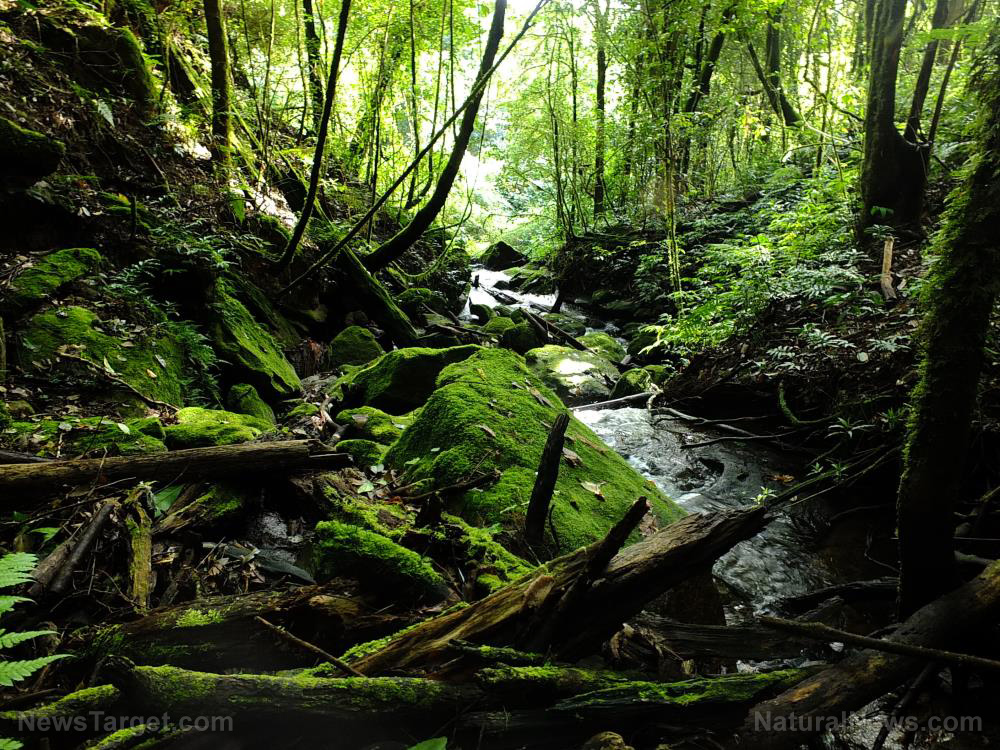
These data served as "memories" for a plant. When the plant experienced stimuli that matched what it "remembered" from the past, it would respond accordingly.
These PRC2 proteins can be found in cereals and vegetables, both of which are important plants for making food. Researchers from the University of Birmingham and the University of Nottingham believed that the memory function was vital to a plant's success in acclimatizing to a new and different kind of environment.
The memory-storing proteins allowed plants to effectively oversee their activities in response to external stimuli like stress or seasonal change. A plant that experienced the long periods of cold temperatures during winter will "know" that it should only start growing delicate flowers when the weather was warmer. (Related: The Swiss Army knife of plants — why sea buckthorn oil is such a powerful remedy.)
Plants "remember" cold seasons and floods, and react accordingly
The PRC2 proteins combined into a structure whenever the temperature grew cold. They were also responsible for getting the plant to produce flowers. However, there was little information on the means used by this group of proteins to detect environmental changes.
The Birmingham-Nottingham researchers investigated the ability of PRC2 proteins in Arabidopsis thaliana to evaluate the conditions of the environment. They found that the structure heavily relied on a particular protein called VRN2.
VRN2 displayed high instability. It broke down at a steady rate under hospitable conditions, such as warm weather and the presence of more than enough oxygen.
However, the behavior of the protein drastically changed once the environmental conditions got worse. During floods that cut off the supply of oxygen, the stability of VRN2 greatly increased. In turn, this improved the chances of the plant to survive the crisis.
Furthermore, the VRN2 protein increased in number during winter conditions. Once spring arrived, the accrued amounts of VRN2 made it easy for the PRC2 protein complex to activate the flowering process.
Curious as to why the protein accumulated during cold weather, the researchers compared the plant's response to cold temperatures and its reaction to oxygen shortages during flooding. They were surprised by the similarities between the two responses, given the differences in their respective stimuli.
This unstable protein is responsible for controlling the life cycle of plants
Birmingham researcher Daniel Gibbs stated that the ability to sense and recall environmental changes was of critical importance for plants. The organism depended on this protein-based "memory" so that it could successfully reproduce and create a new generation of plants.
"VRN2 is continually being broken down when it is not needed, but accumulates under the right environmental conditions," Gibbs said in a press release. "In this way, VRN2 directly senses and responds to signals from the environment, and the PRC2 remains inactive until required."
His Nottingham colleague and co-author, Michael Holdsworth, said that they were planning to look into the reason as to why VRN2 proteins become much more stable when it got colder. They also want to determine why the plant reacted to cold temperatures in the same way it did when confronted with a flooded environment.
The PRC2 protein complex was also present in animals. However, animal PRC2 lacked the unstable VRN2 protein.
"This system appears to have evolved specifically in flowering plants," said Holdsworth. "Perhaps it gives them more flexibility in their ability to adapt and respond to environmental change, which is important since they are fixed in the ground and can't move."
Sources include:
Please contact us for more information.























